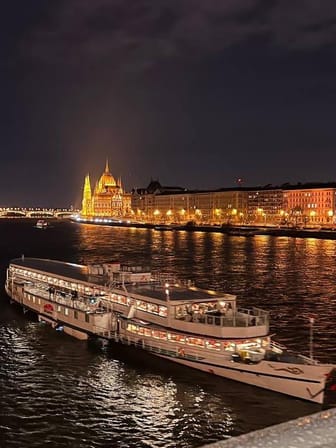Museum of Applied Arts
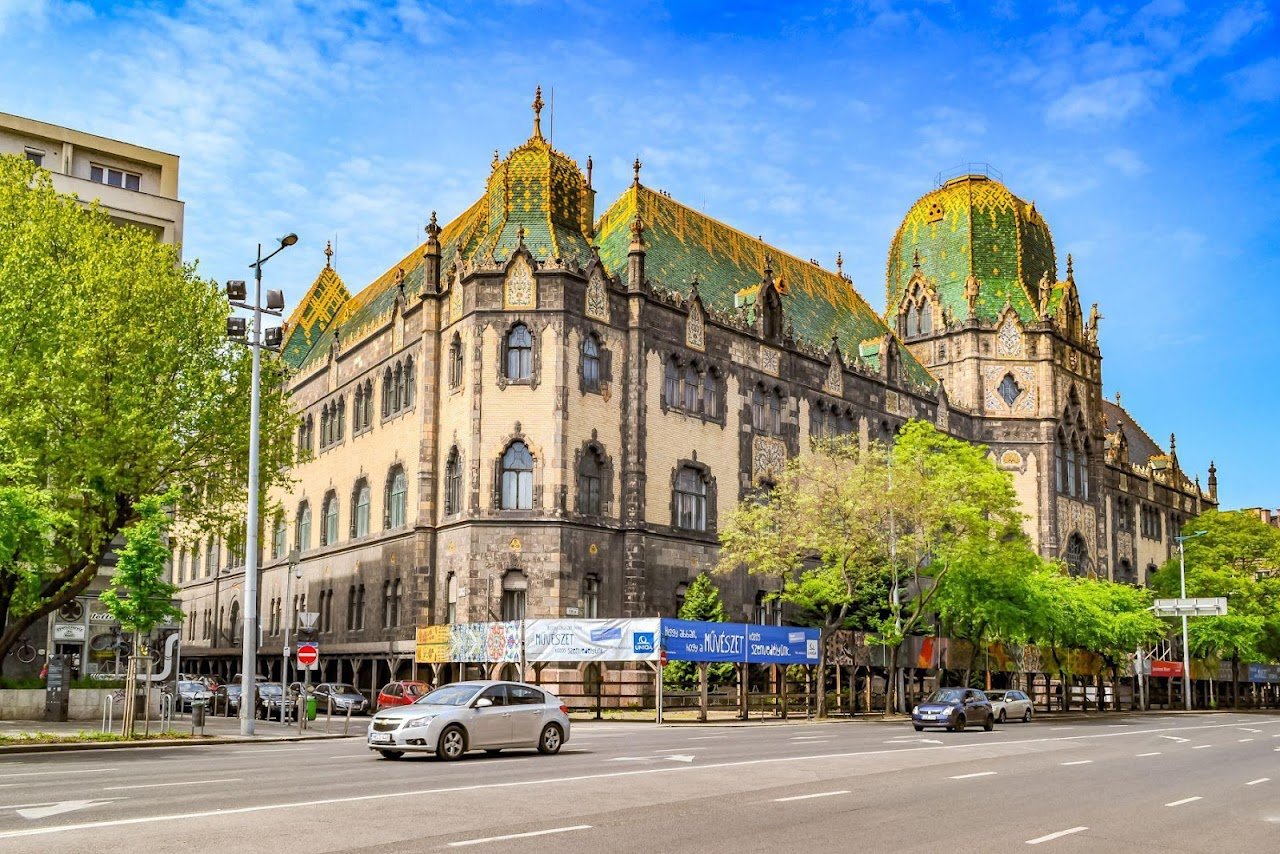
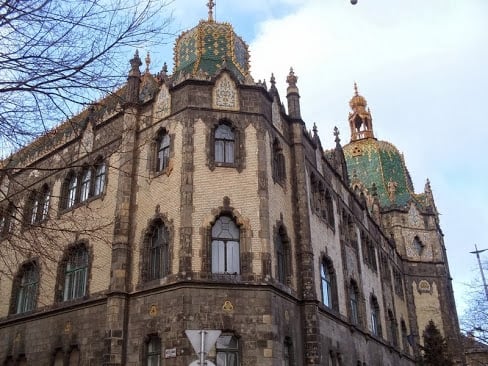
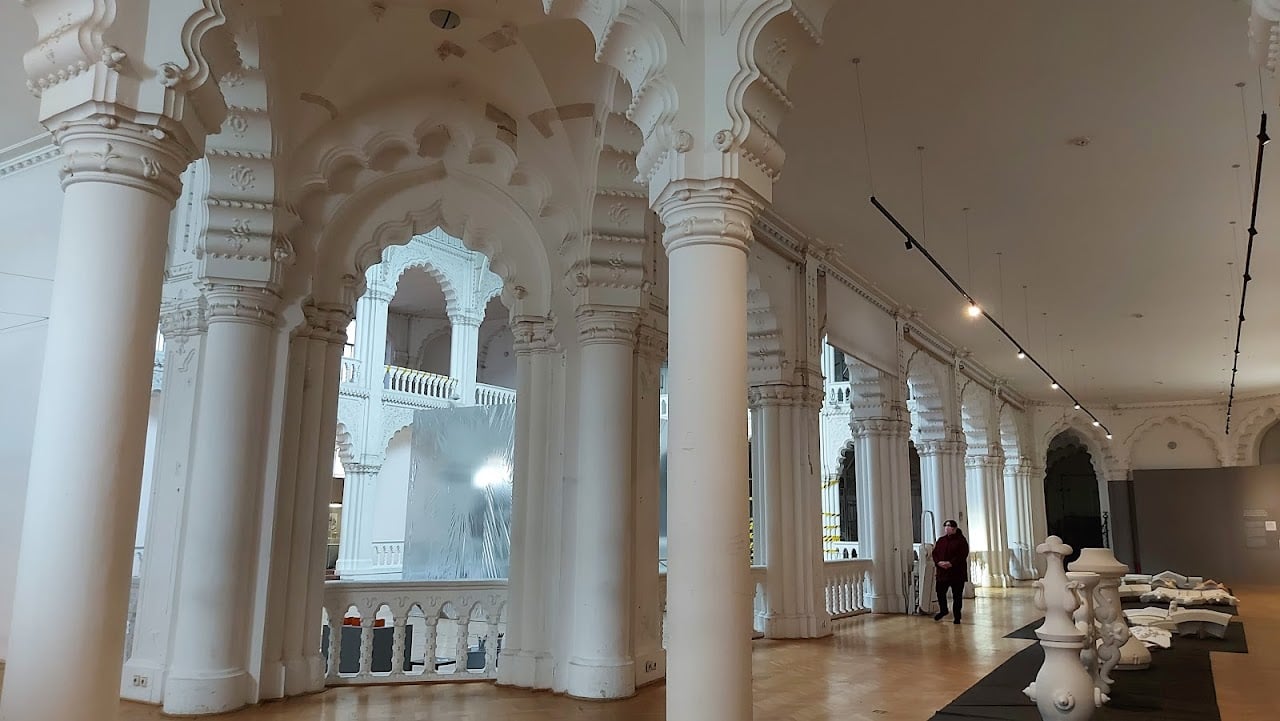
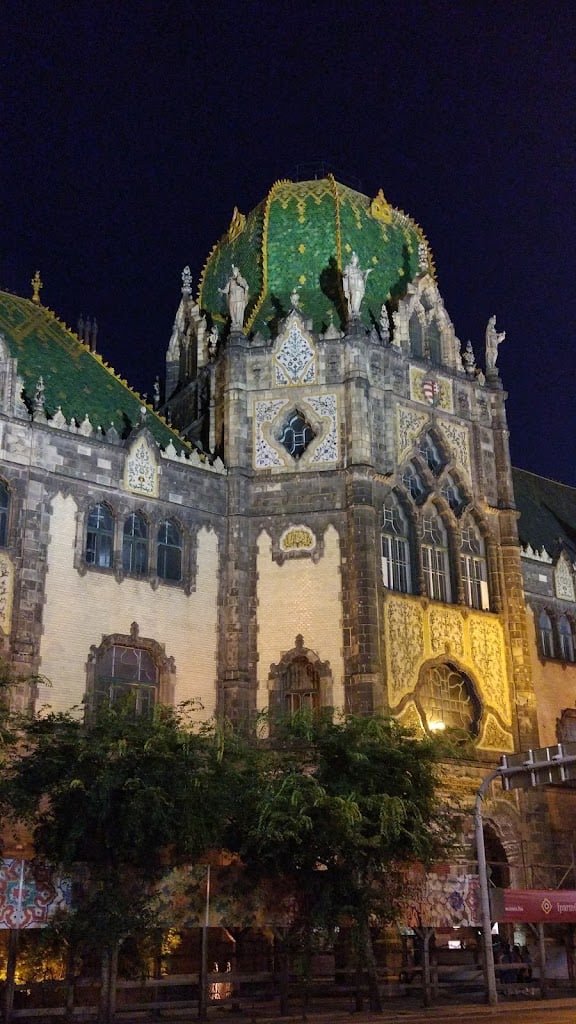
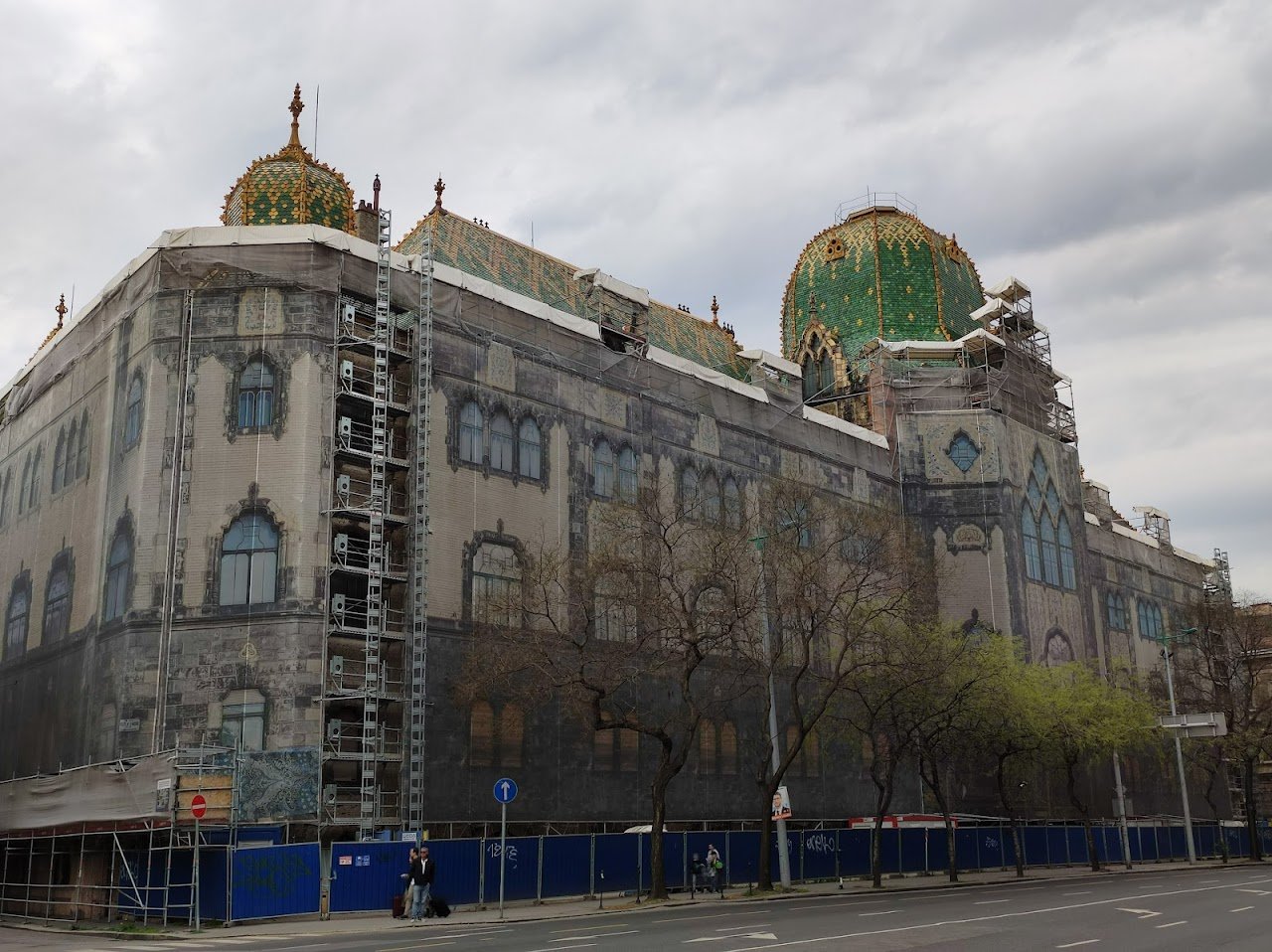
Ask ThatchGPT
Suggest a local expert to plan my trip
Suggest an unique itinerary for my Budapest trip
What foods do Budapest locals eat
What are some true hidden gems in Budapest
Help me brainstorm trip ideas for Budapest
Help me plan a family-friendly trip to Budapest
What people say
Pedro Pereira
Available for hire
"The Museum of Applied Arts (Iparművészeti Múzeum) in Budapest, Hungary, is one of the oldest and most significant institutions dedicated to applied arts in the world. Established between 1893 and 1896, the museum was designed by Ödön Lechner, a renowned Hungarian architect, and is a prime example of the Hungarian Secession style. The building itself is a striking work of art, featuring a distinctive green-tiled roof and elaborate detailing that incorporates Hindu, Mogul, and Islamic artistic influences, creating a unique blend of Eastern and Western styles.
Though the museum is currently undergoing renovations to restore and modernize its facilities, it continues to house an impressive collection of applied arts, including metalwork, furniture, textiles, and glass. The museum is known for its extensive collection of objects, showcasing the craftsmanship and design of various historical periods and cultures. It also boasts a library dedicated to art and design.
In addition to the main building, the museum oversees two other locations: the Hopp Ferenc Museum of Eastern Asiatic Arts and the Nagytétény Palace, which further enrich the museum’s offerings. Located near the southern end of the Grand Boulevard in the Ferencváros district, the museum is easily accessible via metro line 3, making it a popular destination for both locals and tourists interested in the history of applied arts and design."
Read more in:
Sevinch Muminova
"Situated in a splendid Ödön Lechner–designed structure adorned with Zsolnay ceramic tiles dating back to 1896, this museum underwent renovation during the research period and was scheduled to reopen in early 2021. Its primary collection features 18th and 19th-century Hungarian and European furniture, along with art nouveau and Secessionist artifacts, and items associated with various trades and crafts like glassmaking, bookbinding, and goldsmithing. Additionally, there is a collection showcasing Islamic art and artifacts spanning the 9th to the 19th centuries.
During the closure, those interested in art nouveau can explore the György Ráth Museum. The Museum of Applied Arts boasts a remarkable central hall made of white marble, supposedly inspired by the Alhambra in Spain"
Read more in:
Mentioned in these guides
About Museum of Applied Arts
Get the inside scoop on Museum of Applied Arts from local experts, travel creators, and tastemakers. Browse genuine trip notes, Museum of Applied Arts reviews, photos, travel guides, and itineraries from real travelers and plan your trip with confidence.
Website
Phone
Save this spot for later or start mapping out a new trip today
Try our AI Travel Assistant and get instant answers to any questions about your trip.
Ask ThatchGPT


